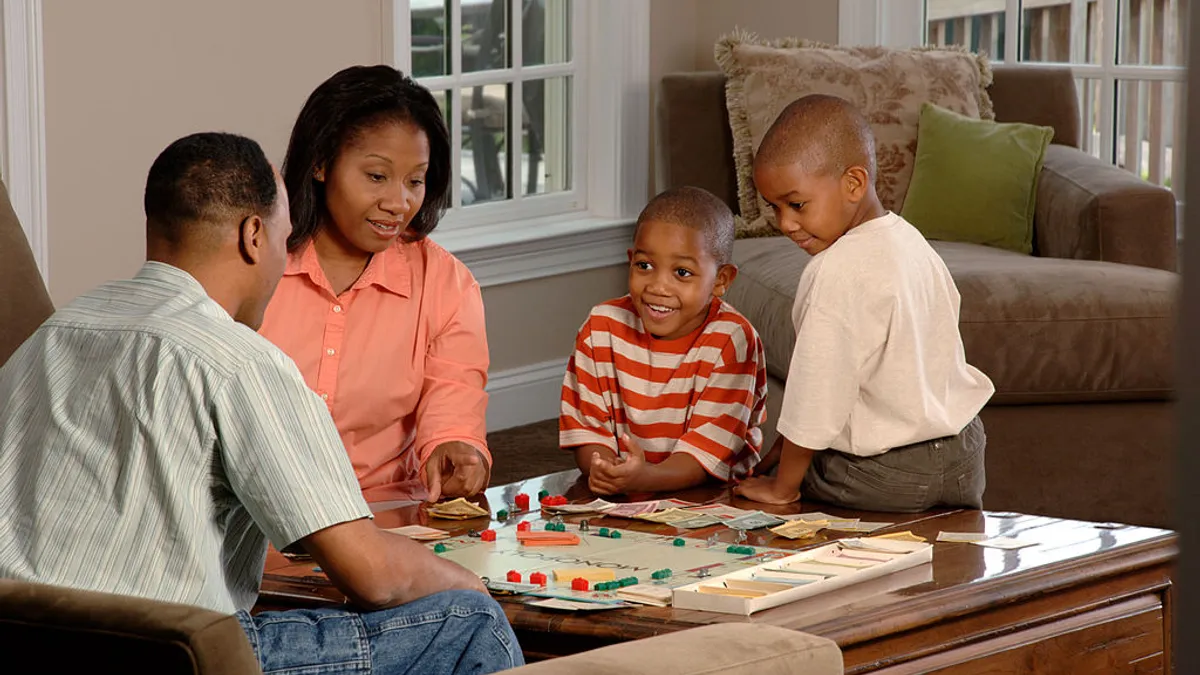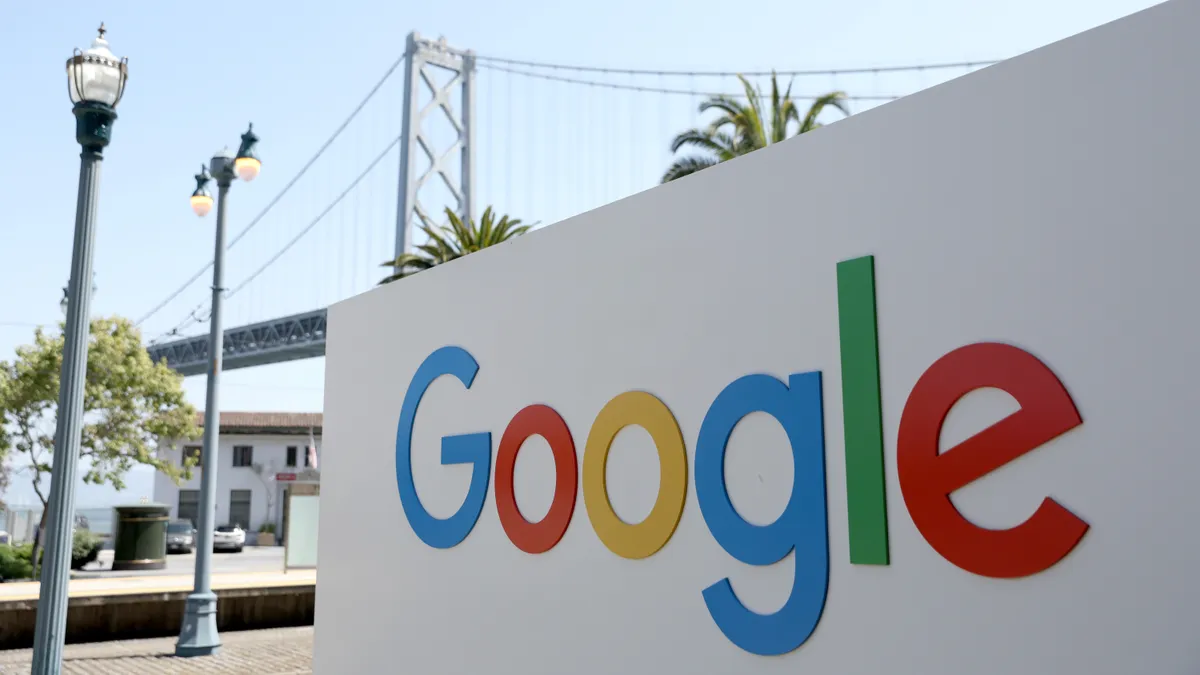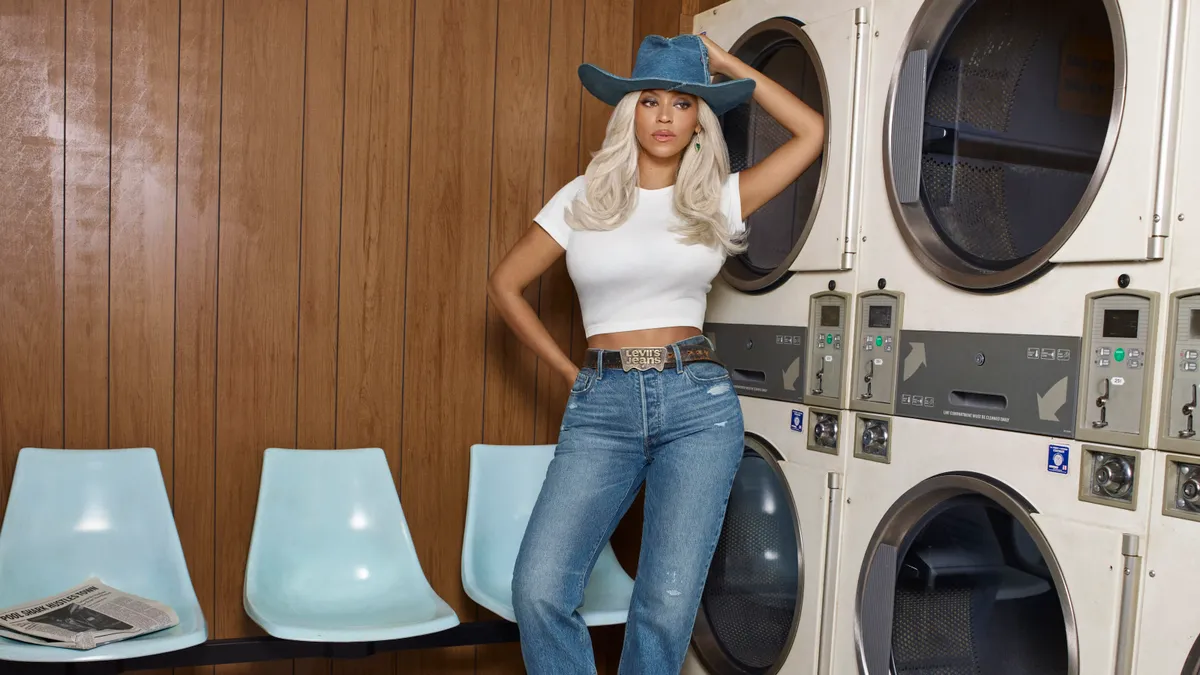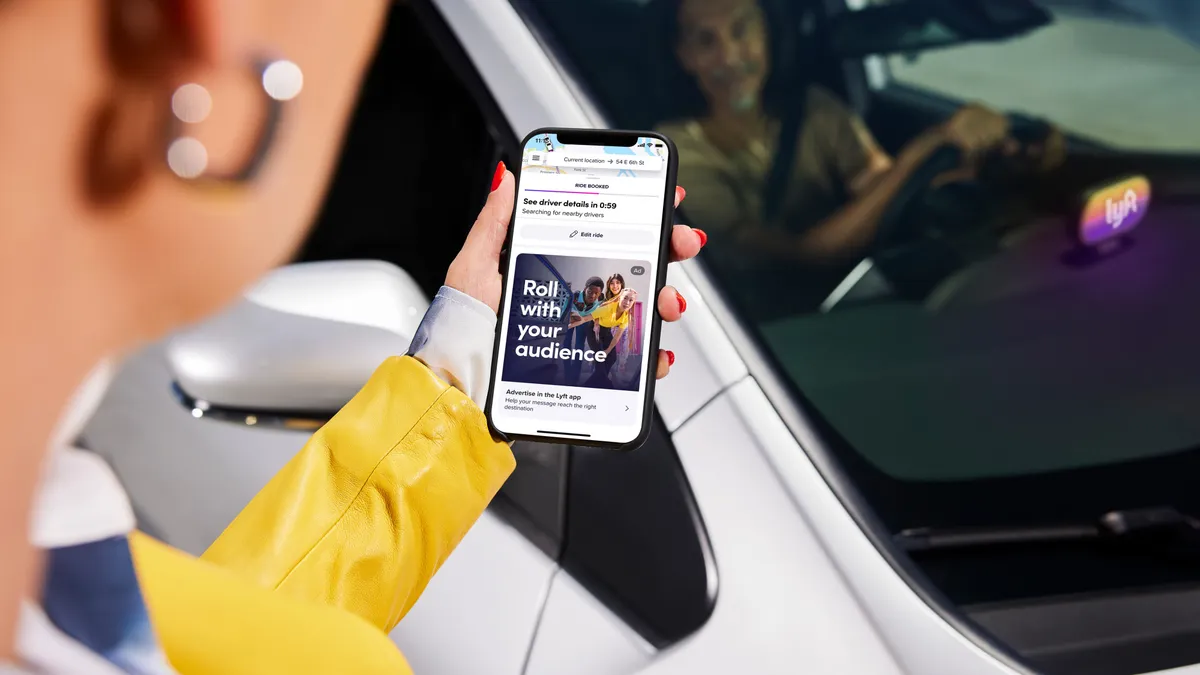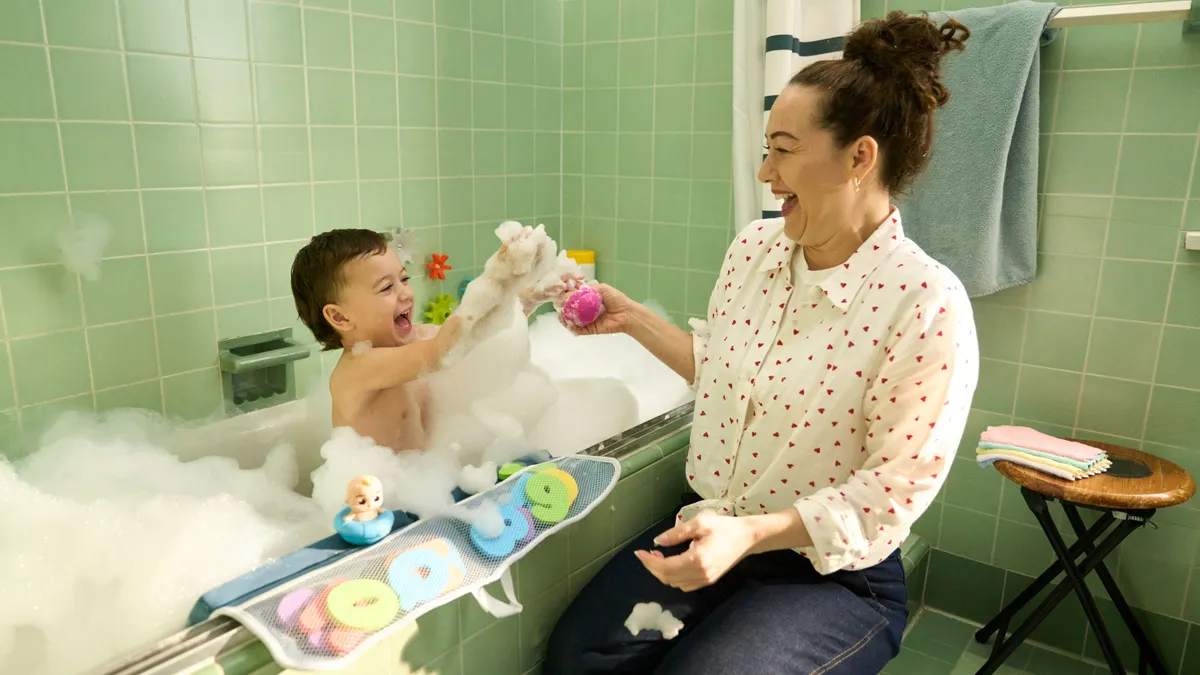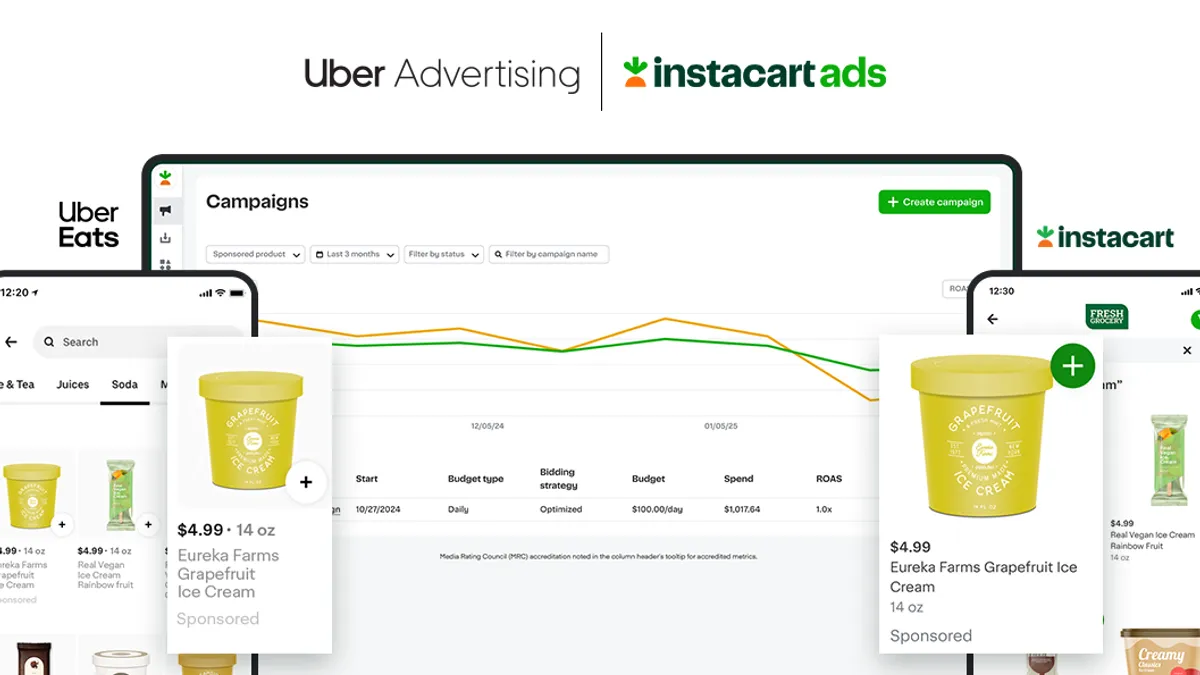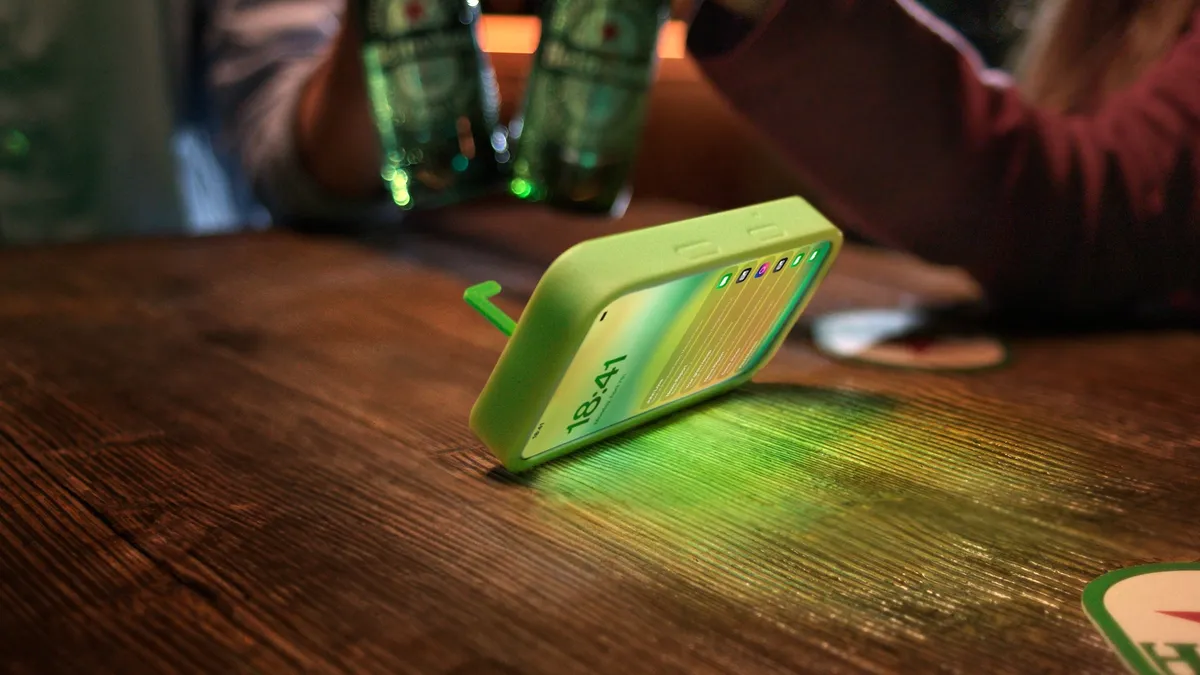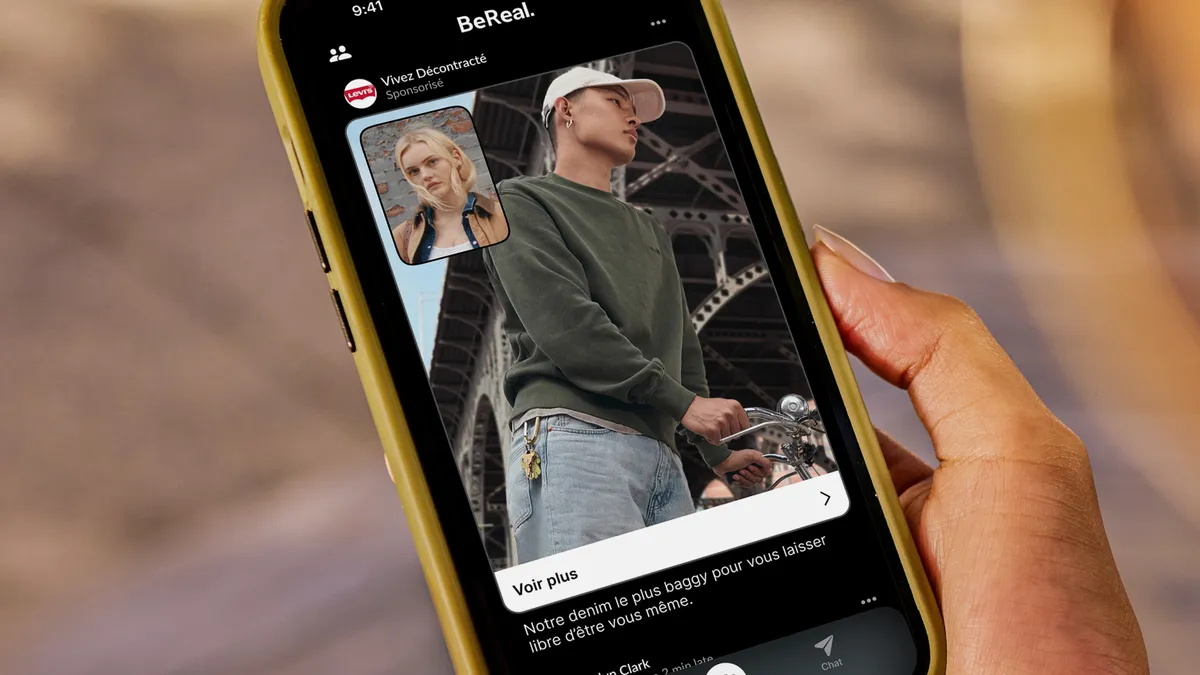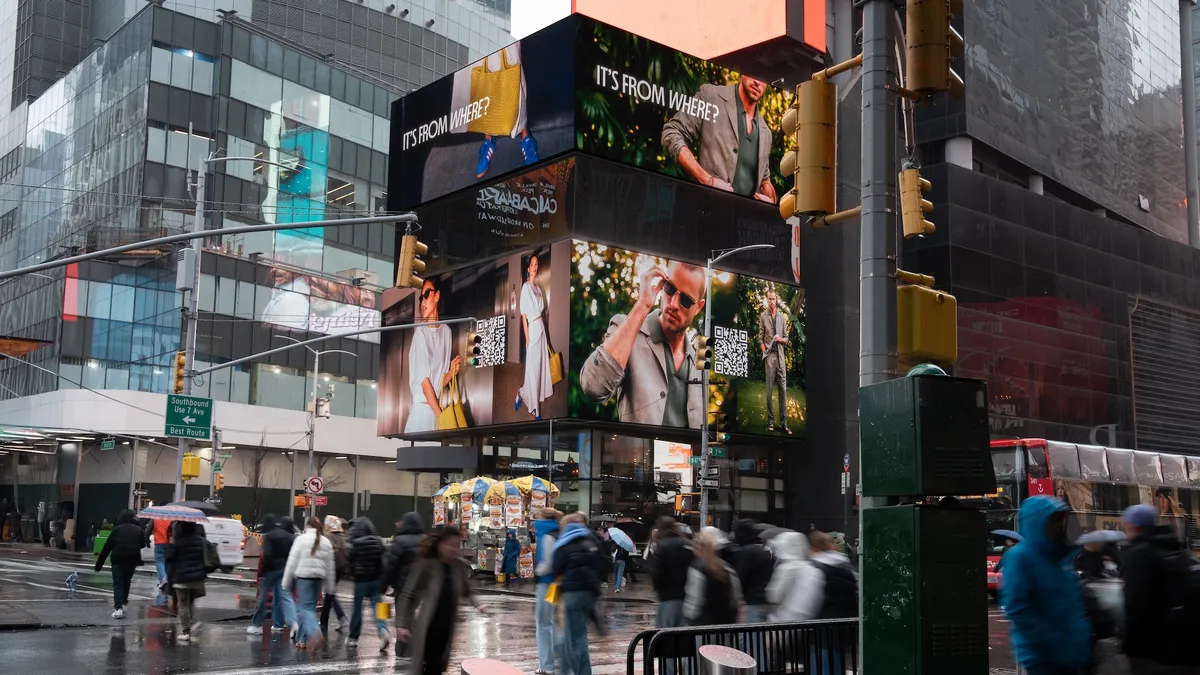Marketing by generation has been a go-to technique for retailers for what feels like forever — and it does have its uses. The technique can be helpful for those looking to identify trends in a certain age group or to help better target the right products to the right customers.
That being said, retailers are often blind to the limitations of generational marketing and, to some extent, they use the technique as a crutch to hold up lackluster marketing efforts. While a low budget, or a test of audience makeup, could be good reasons to approach marketing from a generational lens, any retailer who is relying solely on that platform is missing out.
And we don't mean that in the sense of, "oh wow, that was a fun party, you really missed out." We mean that more in the sense of, "Oh, you mean you've accidentally been ignoring an entire segment of your customer base? You missed out." Big time.
Always the bridesmaid, never the bride
We all have that one friend who never seems to find the right guy or gal. They come to every social event, they support the relationships of those around them, and they're the perfect bridesmaid or groomsman. In some cases, it's tragic — they check all the boxes, why isn't someone snapping them up? In this case, it's just because generational marketing is way better at being the sideshow than the main event.
There's a lot to be said for generational marketing, but retailers should really focus on using it to identify generational channels or trends, rather than as the linchpin of their marketing strategy, according to Lauren Bitar, director of retail consulting at RetailNext.
"There's generally some truth behind stereotypes," Bitar said. "It's a good starting point to think about [but] that doesn't mean you don't want to dive deeper."
Key Facts: Gen Z Consumers
- Gen Zers convert twice as much on mobile as any other generation.
- The group is twice as influenced by social media as by deals.
- 80% of Gen Z purchases are influenced by social media.
And finding the right channel to market on is a great example. Retailers who have a very youth-centered product will probably want to focus on mobile and social media. Gen Z, for example, converts twice as much on mobile as any other generation and are also twice as influenced by social media platforms as they are by deals. That's not to mention certain social platforms that are growing in significance, like Snapchat, which influences 21% of Gen Z (already twice the number of millennials).
Yes, these are general trends and no, not every member of Gen Z is going to fit into the cookie cutter shape researchers have lumped them into. But for most marketers, it's a good place to start. That doesn't mean that marketers shouldn't be on the lookout for information that contradicts these general trends — like Strike Social's findings that YouTube users over 45 were actually the most likely to watch video advertisements — but it can be a good place to start.
David Bell, a professor of marketing at the Wharton School of Business at the University of Pennsylvania, believes the technique is particularly helpful when looking at some of the younger generations, who grew up in a world that's much more digitally enabled than in the past.
"Part of the reason why marketing to millennials, for example, oftentimes seems to be a good thing is because they're digitally native," Bell said. "They all kind of grew up with the internet, [with] doing things on the mobile phone — they grew up at the same time that these online companies were coming into vogue. So for them, it's kind of a natural fit."
But even with millennials, retailers have to consider the extremes on either end of the spectrum — older millennials will share tendencies with Gen Xers and younger millennials might seem more like Gen Z — which will undoubtedly change what products they want, which channels they interact with and how they want to be talked to by retailers.
"While [generational marketing] is still useful, that doesn't mean you want it to necessarily be your only go-to anymore."

Lauren Bitar
Director of Retail Consulting at RetailNext
A retailer who's just beginning might want to test out more general marketing tactics, but the goal should always be to learn more about the customer and move beyond the type of square-one targeting generational marketing can provide.
"We're able to get so much more information from shoppers now, both because brands are able to interact more and also just because of social media. While [generational marketing] is still useful, that doesn't mean you want it to necessarily be your only go-to anymore," Bitar said.
A tailor-made strategy
Arguably the biggest problem with generational marketing is the inability to effectively tailor a product to your audience. While the appeal of the strategy is that retailers can follow a few simple rules to hit a large portion of an age group, that's also the pitfall. A "large portion" isn't the same as "all," and retailers that are too laser-focused on stereotypes will miss the needle in the haystack.
"You have to know when to override what seems like a rule," Kate Hogenson, a strategic loyalty consultant at Kobie Marketing, told Retail Dive, citing the widely-held belief, or misperception, that baby boomers aren't on social media.
Retailers not only have to be cognizant of which age groups they're catering to, but also factors like geography and occupation, which can lead to different results when it comes to the best channels to use and the best values or interests to appeal to. Even being in the city versus the country can affect which type of advertisements are most effective. And of course, it's also about the product. While some products lend themselves to a generation-specific audience, others don't.
"So for a company like [Starbucks] to limit themselves to being a generational market, be it boomers or millennials or Z's or whatever — it's not gonna work."

David Bell
Professor of Marketing at the Wharton School of Business at the University of Pennsylvania
"If you think about something like Starbucks… pretty much everybody's interested in putting a latte into their morning routine," Bell said. "So for a company like that to limit themselves to being a generational market, be it boomers or millennials or Z's or whatever — it's not gonna work."
Bell also points out that some companies thought of as more millennial-focused, would do well to approach older markets, who might be interested in something like a Casper mattress "because it's just a better experience than trudging off to a store." In general, Bell said, retailers don't make enough efforts to tout the convenience of the online-focused buying experience to generations other than millennials.
A strict generational marketing approach takes away a retailer's ability to personalize their approach. And especially for younger generations, that's an important part of the buying process. Millennials, for one thing, are drawn to brands that appear more humanized, transparent and experience-focused, and Gen Z has shown interest in a more personal relationship with some of their favorite brands.
"If you apply generational marketing too strictly, especially with an adoption curve that's cutting across generations, you will miss the mark and you will miss the mark big time."

Kate Hogenson
Strategic Loyalty Consultant at Kobie Marketing
Bitar notes that while personalization is important when addressing Gen Z and millennials, who prefer to be spoken to in their own way, it's also easy to go overboard on tailoring — which could cause problems of its own.
"I think that there's going to be a balance between being very tailored and too tailored," Bitar said. "There comes a point where every additional variable you add to categorize and tailor something to a customer is going to give you diminishing marginal returns than what you're going to spend to find out more about them."
A mixed future
How do you solve a problem like generational marketing? Retailers that rely on the technique too much could miss key constituents. But retailers that ignore it entirely could find that their channel or product isn't hitting it big with consumers for a few easily-avoidable reasons. As things currently are, there's a happy middle ground for generational marketing: The approach has a place in most marketing strategies as a square one tactic, but it's unlikely to ever move beyond that phase (nor should it).
"If you apply [generational marketing] too strictly, especially with an adoption curve that's cutting across generations, you will miss the mark and you will miss the mark big time," Hogenson told Retail Dive.
"In the same way that grandma five years later gets on Facebook, why not get it in front of her and explain it to her and message it to her and get her on there in two years instead of five? And then do the same thing with these new kinds of retail experiences?"

David Bell
Professor of Marketing at the Wharton School of Business at the University of Pennsylvania
Indeed, as technology becomes more ubiquitous and older generations, especially, more heartily adopt social media platforms and voice or mobile commerce capabilities, it might become the norm for retailers to reach past their core consumer base and take a chance on a more diverse age range. The channel-specific rules we use to target by generation could also change in the coming years, with retailers taking a more proactive role in technology adoption, according to Bell.
"In the same way that grandma five years later gets on Facebook," Bell said, "why not get it in front of her and explain it to her and message it to her and get her on there in two years instead of five? And then do the same thing with these new kinds of retail experiences?"
In that vein, Bell expects that the showroom style of retail, which we now consider to be more of a millennial concept, will soon expand to older generations, and more retailers will nix the idea of doing both experience and fulfillment under one roof. And there's good ground for these potential overlaps. Yes Lifecycle Marketing found that while ease-of-transaction was the most important factor for 88% of millennials when making an email purchase, it was also the most important for 92% of baby boomers.
Given the numbers, targeting the convenience and ease that comes with online or showroom-style shopping at millennials and Gen Z alone might not make the most sense when baby boomers are just as interested (if not more) in a simple and quick buying process.
And for brick-and-mortar stores, that might mean an increased dedication to creating experiential retail concepts, like the hands-on stores Sephora has developed, which could entice more than just youngsters to make their way back into stores.
The movement towards a more ubiquitous type of retail could mean that, in the future, separating customers into generations won't make the most sense for marketers. That being said, the principal idea behind generational marketing — grouping people together based on a shared set of values, principals, behaviors or experiences — will linger on, no matter what form it may take in years to come.
"I still think there will be some want to categorize people into bigger buckets to start with," Bitar told Retail Dive. "It's just that what those buckets are might change."



